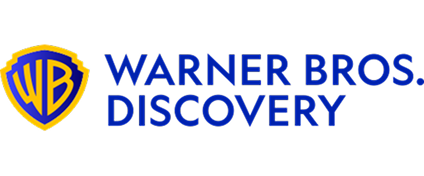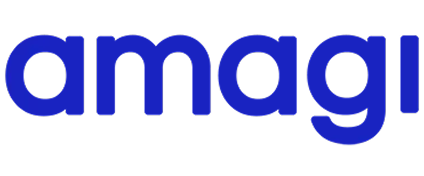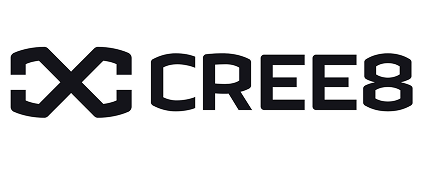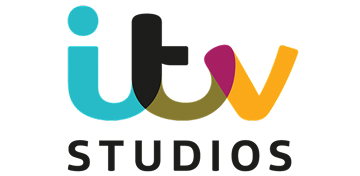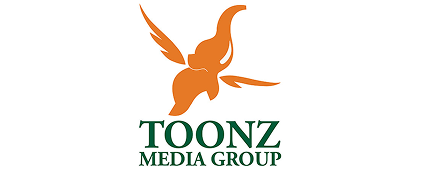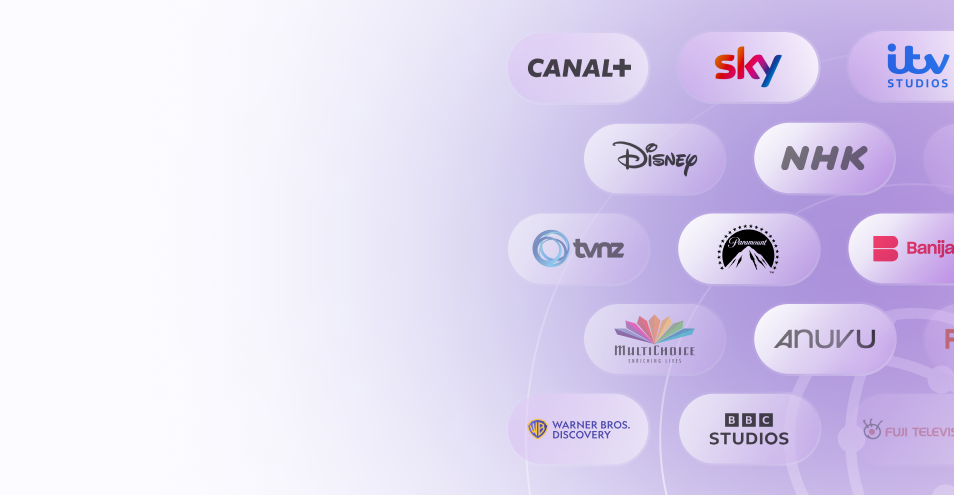A Media Executive’s Guide to Animation Studio Hiring
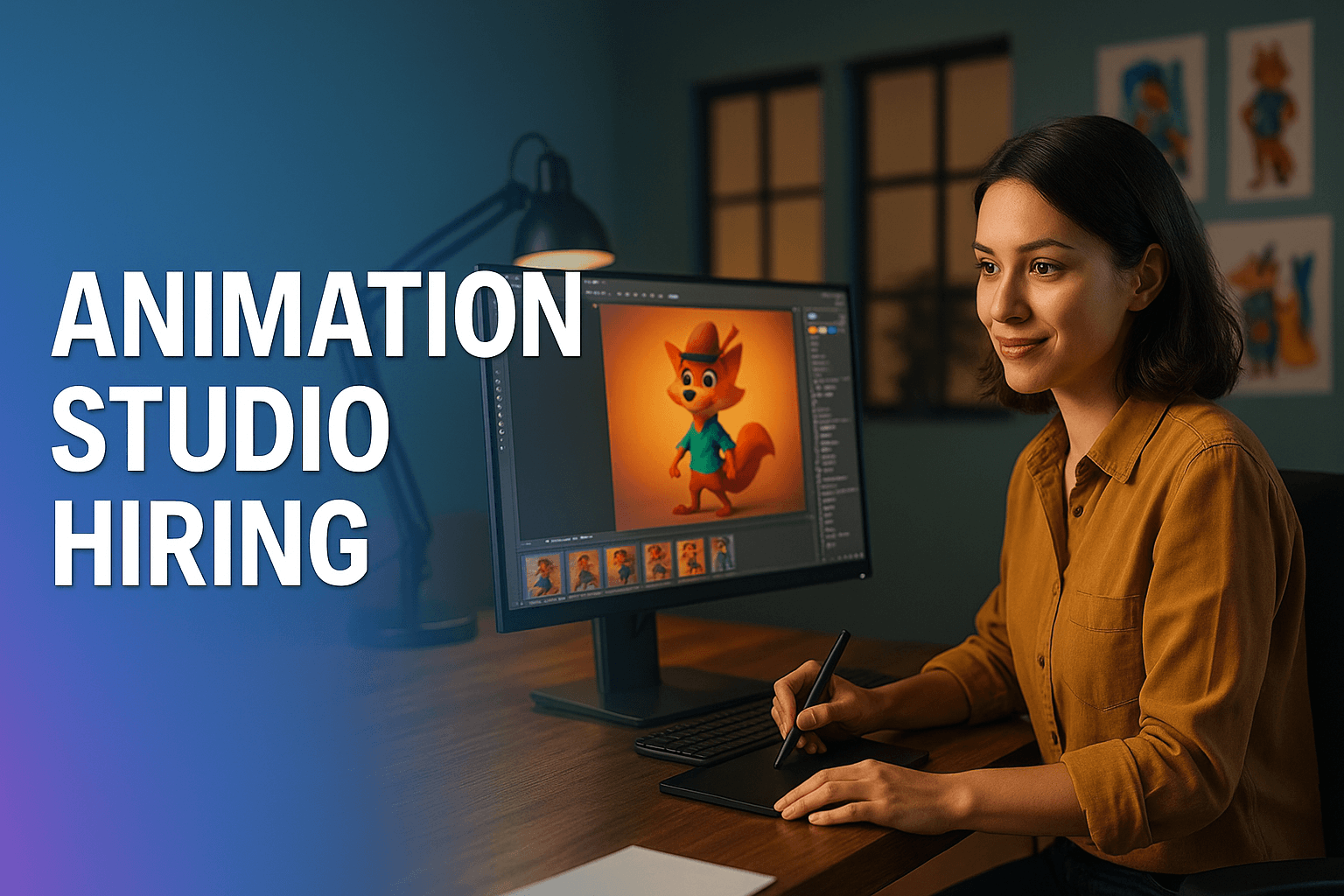
Introduction
As a strategist, I’ve seen firsthand how the most successful projects in media and entertainment are built on a foundation of proactive, data-driven decisions. This holds particularly true in the animation sector, where success is intrinsically tied to creative talent. The ability to find, vet, and engage with the right creative partners—and, by extension, to understand the intricacies of animation studio hiring—is no longer a secondary concern.
It is a core strategic function. For a production or studio executive, this means moving beyond static portfolios and LinkedIn profiles to a holistic understanding of a studio’s talent pipeline, its collaboration history, and its creative DNA.
This article will deconstruct the current landscape of animation talent, explore the systemic challenges in sourcing creative teams, and present a new framework for leveraging market intelligence to transform your approach to production and co-production.
Table of content
- The Critical Role of Animation Studio Hiring in Project Success
- The Primary Challenges in Animation Studio Hiring
- The Strategic Evolution of Animation Studio Hiring
- Building a Data-Driven Framework for Animation Studio Hiring
- How Vitrina Transforms the Animation Studio Hiring Landscape
- Conclusion
- FAQs
Key Takeaways
| Core Challenge | Executives struggle to gain holistic visibility into a fragmented global talent market, making it difficult to find and vet the right animation studios for production and co-production deals. |
| Strategic Solution | Adopt a data-driven intelligence platform to replace manual research, enabling a proactive, efficient, and targeted approach to identifying and engaging with creative talent. |
| Vitrina’s Role | Vitrina provides a single source of truth for tracking global film and TV projects and the companies and creatives behind them, helping executives identify key talent with unprecedented precision. |
The Critical Role of Animation Studio Hiring in Project Success
The success of any animated film or series is a direct reflection of the talent behind it. From the lead director to the character animators and compositors, each creative role is a crucial link in the production chain. This is why the process of animation studio hiring is so much more than a human resources function—it is a business development and creative strategy function.
When a studio executive or a producer is looking to greenlight a new project, the primary questions are:
Who can execute this vision?
Who has the right technical and creative skills?
Who can deliver on budget and on time?
These questions are impossible to answer with certainty without a deep, data-rich understanding of the talent market.
The industry’s shift towards diverse, global, and often niche content has created a rich ecosystem of talent. According to a recent report by Research.com, the demand for animators is continuously rising, driven by the need for more engaging visuals across film, gaming, and digital media. However, this growth also means the landscape is more fragmented and opaque than ever before.
Identifying an emerging studio in an international market, understanding its specific specializations (e.g., 2D vs. 3D, motion graphics vs. character animation), and verifying its track record is a complex, time-consuming process. The industry is rife with talent, but without a systematic way to scout it, that talent remains a phantom of potential.
The Primary Challenges in Animation Studio Hiring
From my perspective, the challenges faced by executives in the animation studio hiring process are systemic and rooted in the absence of centralized data. These are not merely administrative hurdles; they are strategic roadblocks that impede efficient deal-making and introduce significant risk.
- Lack of Centralized Data: The most significant pain point is the fragmentation of information. A studio’s work portfolio may be on their website, their recent projects are in a trade publication article, their key personnel are on LinkedIn, and their production partners are only known through market gossip. Compiling this information manually is a high-cost activity with no guarantee of accuracy or completeness.
- Inefficient Discovery: A proactive search for new partners is nearly impossible with traditional tools. For example, how would an executive find a studio that specializes in stop-motion animation, has a history of co-productions in France, and has recently worked on a series for a specific streamer? Without a system that can filter and connect these data points, the search is reduced to a series of blind queries and serendipitous discoveries.
- Opacity of Track Record: A portfolio is a showcase, but it does not tell the full story. It is difficult to verify a studio’s track record without a clear, independent record of their projects, their collaborators, and their role in a project’s life cycle. This lack of verifiable data makes due diligence a slow, manual process, increasing the risk of a misaligned partnership.
This reality puts a significant burden on an executive team. The reliance on personal networks and fragmented, unverified data is a strategic vulnerability in a fast-paced global market. This is a problem that requires a technological solution.
Find the right animation studio for your next project.
Stop wasting time on manual research. Vitrina’s centralized database of studios and project history can help you discover and vet potential partners with unprecedented efficiency. See how Vitrina’s centralized database can help you discover and vet potential animation studios.
The Strategic Evolution of Animation Studio Hiring
The shift from traditional to data-driven approaches represents a fundamental change in strategy. The traditional model is reactive and network-dependent. It relies on attending industry markets, reviewing demo reels, and hoping that the right connection comes along. This can work for established players with deep connections, but it is deeply inefficient and leaves much to chance.
A data-driven approach, in contrast, is proactive, systematic, and rooted in objective intelligence. Instead of waiting for a pitch, an executive can use a platform to search for companies based on specific, complex criteria. The platform can instantly reveal a curated list of studios that fit the project’s needs, complete with their history of projects, their key creative personnel, and a clear record of their collaborations. This level of specificity is impossible to achieve with manual research and transforms the process from a hunt into a targeted strike.
Building a Data-Driven Framework for Animation Studio Hiring
To succeed in this evolving environment, I recommend adopting a three-step framework for your animation studio hiring strategy:
- Define Your Strategic Need: Beyond the obvious creative style, what are the specific parameters of your search? Are you looking for a co-production partner for a TV series? A service studio for a feature film? A team that specializes in a specific software (e.g., Blender or Maya)? Precise definition is the first step toward a successful search.
- Leverage a Single Source of Truth: Manual data collection is no longer a viable strategy. You need a platform that provides a unified, 360-degree view of the M&E supply chain. This platform should track projects from early development through production and release, and provide comprehensive, verifiable profiles on both companies and the creatives behind them.
- Proactively Engage with Verified Intelligence: Once you have identified a list of potential studios, the next step is targeted outreach. A data-driven approach means you can reach out with a clear, compelling value proposition because you understand the studio’s history and current pipeline. This transforms a cold call into an informed business conversation and positions you as a serious, well-researched partner.
This structured approach replaces the inefficiency of traditional methods with the precision of a strategic operation. It ensures every action you take is informed by the most current and verified data available.
How Vitrina Transforms the Animation Studio Hiring Landscape
This is where an innovative platform like Vitrina becomes a critical part of your operational toolkit. As a system designed to track the global M&E supply chain, Vitrina is uniquely positioned to solve the core challenges I’ve outlined. It functions as a centralized intelligence layer, moving beyond mere data aggregation to provide a strategic advantage in the animation studio hiring process.
In my assessment, Vitrina’s value proposition for an executive rests on a few key capabilities:
- Comprehensive Project & Company Tracking: Vitrina’s Film+TV Projects Tracker provides real-time updates on over 450,000 projects worldwide. This includes tracking animation projects from early-stage development to post-production and distribution. This allows you to identify studios that are actively working on projects and understand their role in the production process.
- Deep Profiling & Collaboration History: The platform offers in-depth profiles on more than 500,000 companies, including animation studios. You can view their key personnel, a history of their collaborations, and a record of their completed projects. For example, you can search for a studio and instantly see all of the co-productions they have been part of, giving you immediate insight into their co-production track record.
- Verified Contact Data: Vitrina’s database includes over 3 million verified contacts, tagged by their department and specialization. This means you can bypass gatekeepers and get a direct line to the key decision-makers who matter most. The time saved in finding the right person can be the difference between a successful deal and a dead end.
For more insights into streamlining your business development pipeline, I recommend reading our post on Streamlining Business Development in Media & Entertainment. This interconnected data model connects projects to companies, companies to executives, and executives to their deal history, creating a comprehensive map of the M&E supply chain.
Conclusion: The Future of Creative Talent Scouting
The media and entertainment industry is at an inflection point, and the animation sector is leading the charge with unprecedented creative and technological growth. The market is richer with opportunity than ever before, but it is also more opaque and competitive. An executive’s ability to navigate this complexity will be the single greatest determinant of their long-term success. Relying on outdated methods is a strategic liability, not a viable option.
The future of animation studio hiring isn’t about finding a single blockbuster team. It’s about building a robust, diversified pipeline of creative partners. This requires a foundation of intelligence and an operational toolkit that transforms scattered information into actionable insight. By embracing a data-driven approach, executives can move beyond the ‘who you know’ model to a far more sustainable ‘what you know’ and ‘what you can find’ model.
This shift will not only make talent scouting more efficient but will also position intellectual property to reach its full global potential.
Frequently Asked Questions
Beyond artistic talent and software proficiency, animation studios look for strong communication and collaboration skills. The ability to work within a team, take feedback, and adapt to a studio’s specific pipeline is crucial for success.
A portfolio is the single most important tool for an animator. It is their calling card and should be tailored to the specific role they are applying for. Recruiters evaluate portfolios to see if a candidate’s skills and style are a match for the studio’s needs before moving forward with an interview.

































